Industrial lighting is the non-commercial lighting which used indoors or semi-indoors. According to applications, it can be divided into factory lighting, warehouse lighting, architecture lighting, UVC lighting and grow lighting.The most common luminaires used in industrial lighting are LED high bay and LED tri-proof light. And LED UVC light and LED grow light are special applications in the field of industrial lighting.
Industrial lighting fixtures are characterized by high wattage, high light efficacy, high IP rating and energy saving. Good industrial lighting fixtures can improve the work safety and production efficiency of employees. At the same time, industrial lighting has mature intelligent control systems, which can create a more energy-saving and more humanized space.

Factory Lighting
Factory lighting not only needs to meet the illumination needs of different industrial sectors, but also guarantees long-lifetime and durability of luminaires, while saving energy. The most important thing is to ensure the efficiency of employees. Appropriate lighting effects not only help to motivate employees, but also prevent the fatigue of employees, maintain the health of employees and prevent work-related accidents. Appropriate lighting effects need to be comprehensively evaluated in terms of visual execution, visual comfort and visual atmosphere.
|
Assessment Content |
Lighting Factors |
Impact On Industrial Production |
|
Visual execution |
Illuminance and glare |
Operating sensitivity and accuracy |
|
Visual comfort |
Light Uniformity and CRI |
Employees' work comfort, mental concentration and work efficiency |
|
Visual ambience |
The direction of the light, the layout of the luminaire and the color temperature |
Employees’ mood, attention and safety |
In the industrial filed, the ergonomic quality of the workplace is critically dependent on the ease with which various visual tasks can be performed. Good lighting can have a positive impact on other productivity determinants (implementation, mistakes, accidents). In a pleasant indoor environment, a good line of sight and a comfortable feeling can better motivate employees, make them more focused and efficient. In this way, the quality of the work will increase and the number of errors will be significantly reduced. The risk of accidents is also reduced.
Good lighting can lead to higher job satisfaction and thus a positive impact on health: the prevalence is greatly reduced. Good lighting can also produce more fruitful results, not just to maintain health, but also actively promote long-term good attitudes.
|
Lighting method |
Definition |
|
General lighting |
Uniform illumination set to illuminate the entire location. |
|
Local lighting |
Designing a different illuminance for a particular area, such as the place where the work is done, to illuminate the general illumination of the area. |
|
Hybrid lighting |
Illumination for a particular visual work to illuminate a part. |
|
Accent lighting |
Illumination consisting of general lighting and local lighting. |
In order to use natural light more efficiently and maximize energy savings at specific times and unmanned states, factory lighting can also be combined with intelligent control modules to control illumination by sensing the illumination of the surrounding environment and the activities of people.
Due to different industries and production environments, the illuminance standards of the factory are also different, and there are different requirements for luminaires.
1. The general industrial environment is 100~500 lux, and the precision manufacturing environment is generally 500~1000 lux. In the electrical engineering industry, inspection and measurement operations require 1500 lux illumination to ensure safe and accurate operation.
2. Heavy industry generally requires luminaires with high protection level (IP65 and above), explosion-proof and high temperature resistance and corrosion resistance.
3. The printing industry requires CRI>90.
4. The food processing industry requires CRI>80 and NSF certification.
5. Plastic processing, wood products manufacturing, chemical industry are required to have explosion-proof characteristics.
For factory lighting, only the illuminance standard value is not perfect, and vertical illumination, illuminance uniformity and brightness balance should be fully considered according to the characteristics of the actual operation.

Warehouse Lighting
Warehouses lighting have high requirements for illuminance, beam angle and energy saving of luminaires due to the passages and flexible using time. In these applications, the general UFO high bay lights are limited by the structure so that they do not meet the needs.
Warehouses usually have a large number of shelves. Only the passages between the shelves and the goods and materials on the shelves need to be illuminated. The narrow and medium light distribution luminaires can focus light in the area that needs to be illuminated, so that light waste can be effectively avoided.
LED linear high bay light is very suitable for warehouses. On the one hand, the long and narrow structure adapts to the layout of large warehouses. On the other hand, the narrow and medium light distribution can increase the availability of light.
What’s more, LED linear high bay lights are dimmable through intelligent controls and able to respond to the environment around them. Since not every shelf needs to be illuminated at all times, most areas usually only need to be illuminated for a short time for staff to find items, so the intelligent sensing function can better help saving energy. Motion sensors could detect exactly when people were entering a particular zone and with the ‘instant on’ nature of the technology, dimmed lights could be brought up to 100% immediately.

· Food Processing Lighting
In food processing, the most important requirements are cleanliness and hygiene. The luminaires must not contain toxic chemicals to avoid contaminating food. At the same time, the luminaires should be easily cleaned to ensure a 2 to 3 week cleaning cycle to avoid bacterial growth. If you want to quickly select safe and reliable food factory lighting fixtures, you can choose the luminaires with NSF certification.
For different food processing plants and operating processes, the requirements for illuminance are also different. For cleaning, boiling, drying, fermentation and filling operations, the average illuminance needs to exceed 200 lux. For procedures such as cutting, grinding, mixing, finishing and packaging, it is necessary to provide an illumination of 300 lux. Standard illumination of 500 lux is required in the following workplaces and important areas: slaughterhouses, meat factories, dairy plants and beverage plants, as well as cooked food processing points, product inspection points, side dishes and food decoration areas. The food color matching area is required to be 1000 lux, and auxiliary lighting is recommended.
The luminaire specially designed by Yaham Lighting for food factories comply with NSF standards and have an IP69K protection level, which can resist ingress of high temperature and high pressure water. At the same time, the materials do not contain toxic chemicals to ensure hygiene and safety. Luminaire adopt polycarbonate to withstand high temperatures and chemicals.

· High Temperature Lighting
In some industrial environments, such as metal processing, boiler room and HT. cooking place, the temperature will be very high. In this case, it is recommended to strictly measure the maximum temperature and select the luminaires that can still work normally at the maximum temperature to ensure that the luminaires can provide long-term and efficient lighting. In areas with high temperatures, such as the Middle East, and areas where extreme high temperatures have occurred, it is also recommended to upgrade to high temperature resistant luminaires.
The normal production of the factories require stable lighting, and now the working temperature ceiling of most luminaires are maintained at 45℃ ~ 50℃. In the case of extreme high temperature, ordinary LED luminaires are easily unable to dissipate heat in time due to excessive ambient temperature. In the worst case, the LED chip will not work and lifespan of the LED chip will be directly reduced.
The high temperature luminaires developed by Yaham Lighting have been professionally designed so that the entire luminaire including cable can be used in high-temperature environments. The luminaires also adopt Hi-G thermal technology (Advanced Graphene thermal technology) to better improve the heat dissipation performance. The maximum operating temperature of the high temperature luminaire from Yaham Lighting is as high as 85 ℃, suitable for 99% high temperature environment.
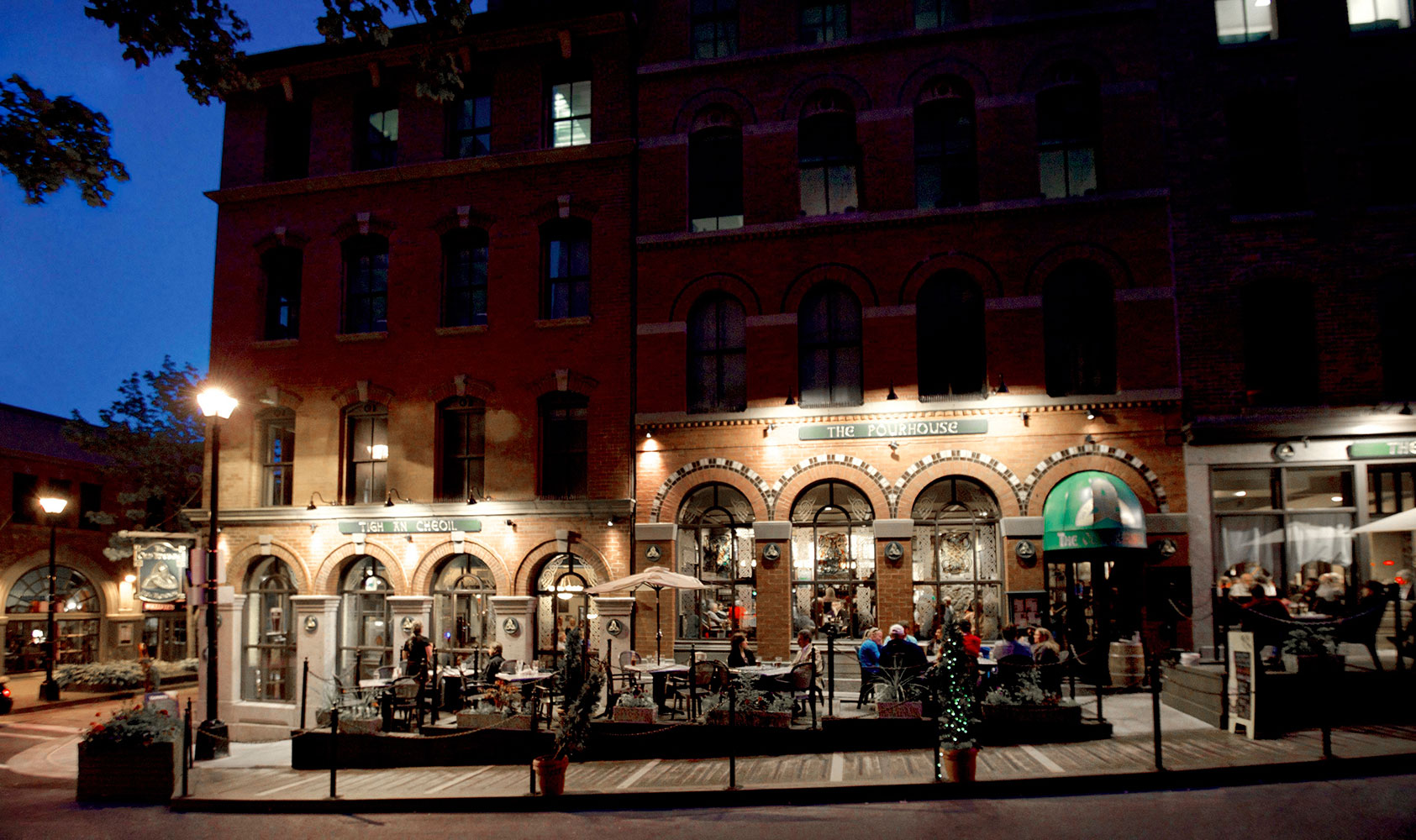
· Architecture Lighting
Architectural lighting includes interior lighting and exterior lighting. In addition to commercial lighting, there are some non-commercial areas in the building, such as corridors and parking lots. The exterior lighting mainly adopts landscape lighting or facade lighting.
The environment of interior is generally simple, without too many decorative elements, so more emphasis is placed on the practicality and durability of luminaires. The corridor and parking lot environment have a common feature, that is, there is not much protection. After a long period of time, dust may accumulate, so the tri-proof light with waterproof and dustproof and slight chemical corrosion is very suitable for use in this environment. The LED tri-proof lights developed by Yaham Lighting have an extremely convenient plug-and-play design, which makes the installation and replacement of the luminaires very convenient and fast, thus saving a lot of labor cost.
According to different properties of buildings, there are generally two kinds of exterior lighting: landscape lighting and facade lighting. Landscape lighting generally uses LED digital tube to achieve variable lighting effects to achieve the effect of landscape beautification. The luminaires used in landscape lighting need to have the following characteristics: the luminaires can be connected, the luminaires are rich in color, and the luminaires can be controlled by the lighting control system. Facade lighting mostly uses floodlights to illuminate the facade of the building on a large scale. Different heights of buildings require different types of floodlights. If the building needs to be illuminated at a higher height, then a floodlight with a narrower beam angle is needed to achieve a longer illumination distance.
· UVC Lighting
Due to the spread of the COVID-19 in the world, more and more people begin to pay attention to the regular disinfection of the space. UVC lights can be widely used in regular disinfection and sterilization of schools, offices, restaurants, hotels and hospital to ensure the safety and health of the environment.
LED UVC light is the lighting fixture that use LED chips which can emit germicidal ultraviolet(UVC) light.
LED UVC light inactivates the DNA and RNA of bacteria, viruses and other pathogens, destroying their ability to reproduce and cause disease.DNA and RNA are the genetic material that constitutes an organism and controls its growth, development and reproduction. DNA and RNA absorb radiation at UVC wavelength, which alters genetic material, causing mutations or cell death and failure to reproduce, resulting in inactivation of viruses or bacteria.
Why choose LED UVC Light?
1. Broad-spectrum sterilization
Tests have shown that UVC light can kill 99.9% of bacteria and viruses. The most important thing is that pathogens cannot be resistant to UVC light like some antibiotics and antibacterial products. So that the environment after anti-virus is more healthier.
2. Physical disinfection, no secondary pollution
The LED UVC light is a physical method to kill bacteria and viruses, which can replace some potentially harmful chemical method. After the LED UVC light finish working, it is safe to enter the sterilized room, but it may be difficult to breathe in the room where the chemical has just been sprayed.
2. Movable
There are many lighting configurations for LED UVC lights, including mobile type. The mobile type of LED UVC light allows the germicidal fixtures to be easily moved between different rooms. Mobile type is an excellent choice for hospitals, classrooms, offices and hotels.
4. Smart
The LED light already has a mature smart lighting system, which can automatically turn on and off by sensing personnel. You can also set the working time to make the LED light work automatically. Because the short-wave radiation emitted by LED UVC light has impact on human, it is necessary to avoid direct exposure of personnel to UVC light. The LED UVC light can be equipped with a sensor module. When the light senses the arrival of a person, it will automatically turn off to ensure the safety of the person.
· Grow Lighting
Grow light can be used for indoor gardening, the bud swells, the leaves push out, the flower forms, and then comes the fruit, including indoor hydroponics and aquatic plants. So in high-latitude areas and indoor plant factories that lack sunlight, grow light can provide long-term and sufficient lighting at all stages of plant growth, allowing plants to grow efficiently.
Plant photosynthesis, if missing the needed light, it will lead to a lack of nutrition. Most of the LED grow lights on the market are red and blue light. Even though the plants can grow more faster and bigger, it is still lack of nutrition. In order to satisfy with the omnidirectional light distribution requirements for plant growth, Yaham lighting adopts international brand led chips make the light spectrum formula to get simulate the effect of sunlight, so that plants can be more comprehensive nutrition.
The use of LED grow lights on the market also depends on plants growth stages. In general, it is recommended that the plants receive in either "seedling/growth" light cycles of 16 hours of light and 8 hours of dark or "nutritional stage " light cycles of 18 hours of light and 6 hours of dark and the flowering stage receives a half of day to lighting. The different plants and growth stages need different requirements for spectrum. For different plant absorption spectrum, different wavelengths of light should be set. Just like different plants take different time spans to grow up, and different spectrum also take different time spans to bear fruit.
Related Products
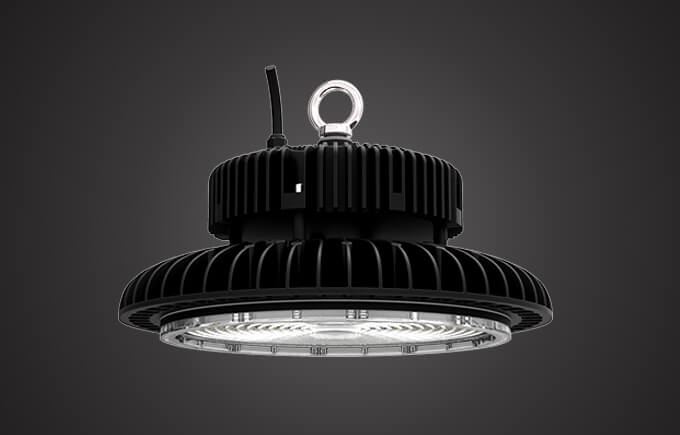 |
 |
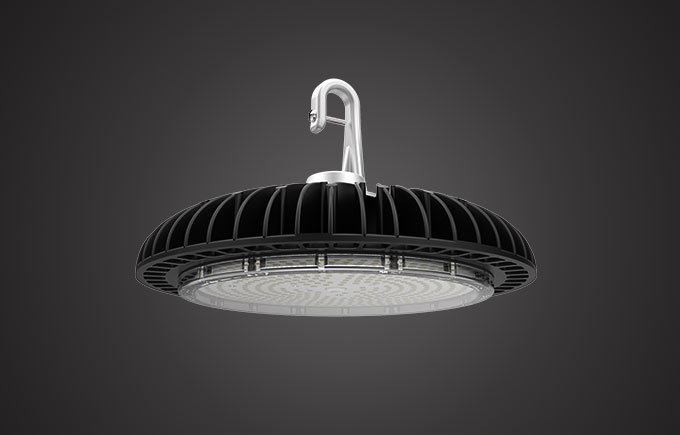 |
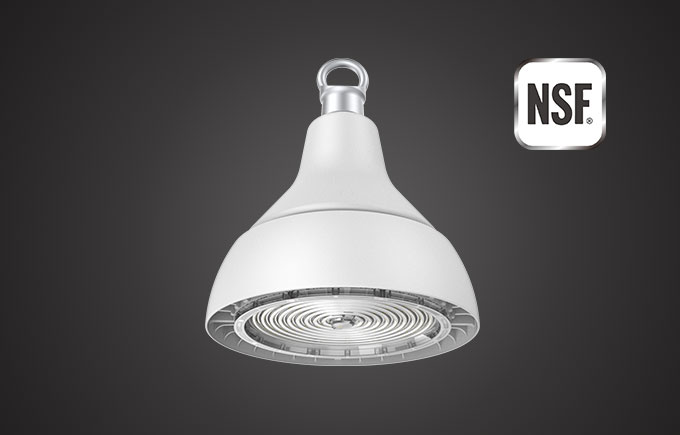 |
 |
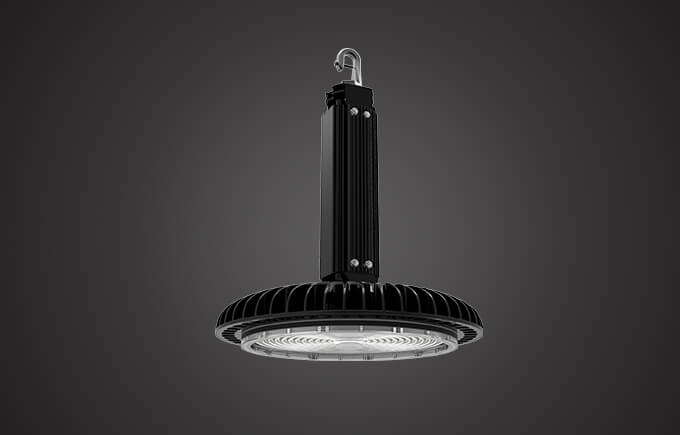 |
 |
 |

Tel:+86-755-29435812
Fax:+86-755-26755760
Email:sales@yahamlighting.com
Address: 5F, Tower A, Haina Baichuan Headquarters Building, No.6 Baoxing Road, Baoan District, Shenzhen, China.
Copyright © 2024 Yaham Optoelectronics Co.,Ltd. All Rights Reserved. Privacy Policy
Yaham Lighting is a professional LED Flood Light, LED Street Light, LED High Bay Light manufacturer, we are looking for Sole Distributors/Agents worldwide.










